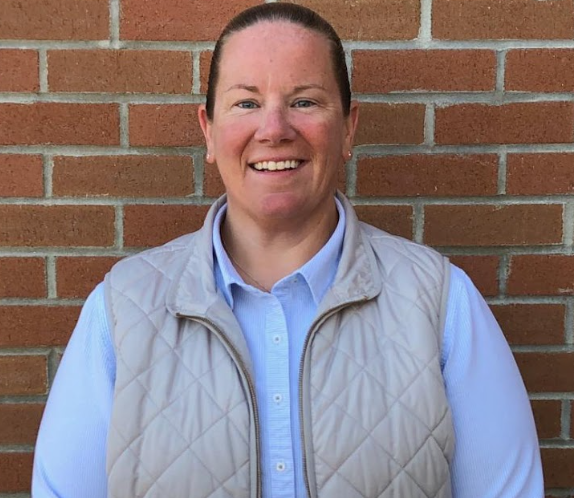The Willow Project has become of increasing concern in the United States over the past several months. Willow itself is a natural oil reserve in northern Alaska owned by the ConocoPhillips corporation, a crude oil company. The reserve is located on the nation’s largest piece of public land, known as the Alaskan National Petroleum Reserve, which has been a significant location for oil and gas extractions since 1976. Costing multiple billion dollars in funding, the Willow Project aims to produce approximately 600 million barrels of crude oil over the next 30 years. This number works out to be 180,000 barrels of oil per day, and construction has already begun for the 500 acre development, including a processing facility, as stated in The Washington Post, “in the middle of pristine Arctic tundra and wetland.”
On March 13th, 2023, the Willow Project was approved by the Biden administration, affirming its upcoming negative and far-reaching impact on Alaskan biodiversity and fossil fuel emissions. President Biden stated,“my strong inclination was to disapprove of it across the board, but the advice I got from counsel was that if that were the case, we may very well lose in court,” addressing the controversy surrounding the approval of the project, seeing as his administration had promised to “end new oil drilling on federal land” in his 2020 election campaign.
For some background, the Intergovernmental Panel on Climate Change has reported that once global temperatures reach an average of 1.5 degrees Celsius, or 2.7 degrees Fahrenheit, the effects of climate change will increase at the speed of light. The IPCC has further reported that the only logical way to prevent this from happening would be to stop relying so heavily on the burning of fossil fuels to power our modern world. However, in contrast, Willow is estimated to contribute 9.2 million metric tons of carbon dioxide into the atmosphere each year, contributing to global warming as well.
Additionally, conservationists predict the project could possibly result in the loss of approximately 18,000 acres of wetland and habitats home to polar bears and migrating species, such as birds and caribou. And, according to the Protect the Arctic Organization’s website, Indigenous people of the northern-Alaska region “depend upon access to clean water and unpolluted resources for traditional livelihoods and food security.” Given these facts, it seems that the project will completely undermine any recent American effort made to lessen our dependence on the use of fossil fuels for the sake of the planet.
For more information on the Willow Project, visit protecttheartic.org and stopwillow.org. Both sites provide several ways to help and contain further vital information regarding the Willow Project and the Alaskan environment it endangers.











